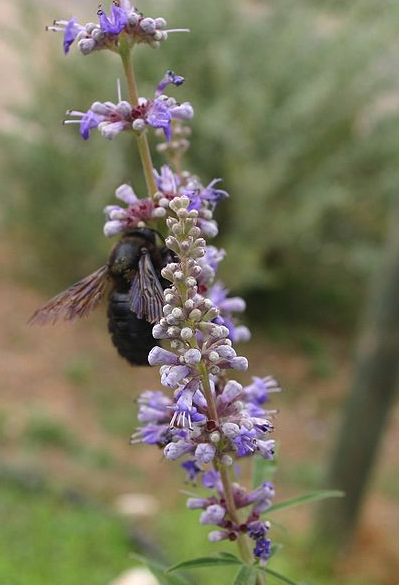Common Names: chasteberry, chastetree, chaste tree berry, Vitex, monk’s pepper, lilac chastetree
Background
- Chasteberry is the fruit of the chaste tree, which is native to Central Asia and the Mediterranean region.
- The plant was believed to promote chastity (hence its name). Monks in the Middle Ages reportedly used it to decrease sexual desire.
- Chasteberry was also used for reproductive disorders.
- Today, chasteberry is used as a dietary supplement for menstrual problems, menopause symptoms, infertility, and other conditions.
- Chasteberry is available as a liquid extract, capsules, tablets, and an essential oil.
How Much Do We Know?
- There’s not a lot of strong research on the effectiveness of chasteberry for any condition. We do have some clear safety information on the herb.
What Have We Learned?
- A few preliminary studies found that chasteberry may improve some symptoms of premenstrual syndrome but the evidence isn’t firm.
- Researchers have studied chasteberry for breast pain and infertility, but there isn’t enough reliable scientific evidence to know if it helps.
- There’s no evidence that chasteberry helps with menopausal symptoms.
What Do We Know About Safety?
- When used in limited amounts, chasteberry appears to be generally well tolerated. Few side effects have been reported.
- Women on birth control pills or hormone replacement therapy, or who have a hormone-sensitive condition (such as breast cancer) should not use chasteberry.
- People taking dopamine-related medications, such as certain antipsychotic drugs and Parkinson’s disease medications should avoid using chasteberry.
Keep in Mind
- Tell all your health care providers about any complementary or integrative health approaches you use. Give them a full picture of what you do to manage your health. This will help ensure coordinated and safe care.
For More Information
NCCIH Clearinghouse
The NCCIH Clearinghouse provides information on NCCIH and complementary and integrative health approaches, including publications and searches of Federal databases of scientific and medical literature. The Clearinghouse does not provide medical advice, treatment recommendations, or referrals to practitioners.
PubMed®
A service of the National Library of Medicine, PubMed® contains publication information and (in most cases) brief summaries of articles from scientific and medical journals. For guidance from NCCIH on using PubMed, see How To Find Information About Complementary Health Approaches on PubMed.
Office of Dietary Supplements (ODS), National Institutes of Health (NIH)
ODS seeks to strengthen knowledge and understanding of dietary supplements by evaluating scientific information, supporting research, sharing research results, and educating the public. Its resources include publications (such as Dietary Supplements: What You Need to Know), fact sheets on a variety of specific supplement ingredients and products (such as vitamin D and multivitamin/mineral supplements), and the PubMed Dietary Supplement Subset
Key References
- Chasteberry. Natural Medicines Web site. Accessed at naturalmedicines.therapeuticresearch.com/ on March 25, 2015. [Database subscription].
- Daniele C, Thompson Coon J, Pittler MH, et al. Vitex agnus castus: a systematic review of adverse events. Drug Safety.
- 2005;28(4):319-332.
- Dante G, Facchinetti F. Herbal treatments for alleviating premenstrual symptoms: a systematic review. Journal of Psychosomatic Obstetrics & Gynecology. 2011;32(1):42-51.
- Laakmann E, Grajecki D, Doege K, et al. Efficacy of Cimicifuga racemosa, Hypericum perforatum and Agnus castus in the treatment of climacteric complaints: a systematic review. Gynecological Endocrinology. 2012;28(9):703-709.
- Mahady GB, Michel JL, Soni KK. Chaste Tree. In: Coates PM, Betz JM, Blackman MR, et al., eds. Encyclopedia of Dietary Supplements. 2nd ed. New York, NY: Informa Healthcare; 2010:129-135.
- van Die MD, Burger HG, Bone KM, et al. Hypericum perforatum with Vitex agnus-castus in menopausal symptoms: a randomized, controlled trial. Menopause. 2009;16(1):156-163.
This publication is not copyrighted and is in the public domain. Duplication is encouraged.









+ There are no comments
Add yours